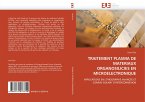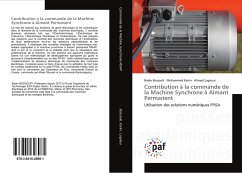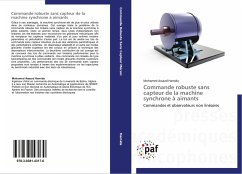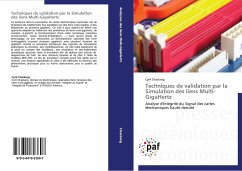This contribution has been developed in the following of previous work realised in the laboratory. The objective is to design a "smart" and reliable identification system of buried pipelines without excavation. For this purpose, a teledectectable code must be inserted into the existing coloured alarm net commonly used for public works. In this thesis , a magnetic materiel is used and studied to conceive the code. Its main advantage is that it has a very high magnetic permeability. In the device developed in the laboratory, it is detectable at more than one meter deep. Its response is non-linear, it contains specific harmonic components. The combination of many magnetic elements defines a code family. Its low thickness allows it to be integrated into the existing net alarm used for public works and ensures compatibility with existing standards. In this contribution, the magnetic behaviour of nanocrystalline is discussed for understanding the specific properties and justifying the choice of material. A specific processing is developed it includes: sensor functioning, acquisition system, signal conditioning. The geometry of the sensor and its parameters were also taken into account
Bitte wählen Sie Ihr Anliegen aus.
Rechnungen
Retourenschein anfordern
Bestellstatus
Storno








